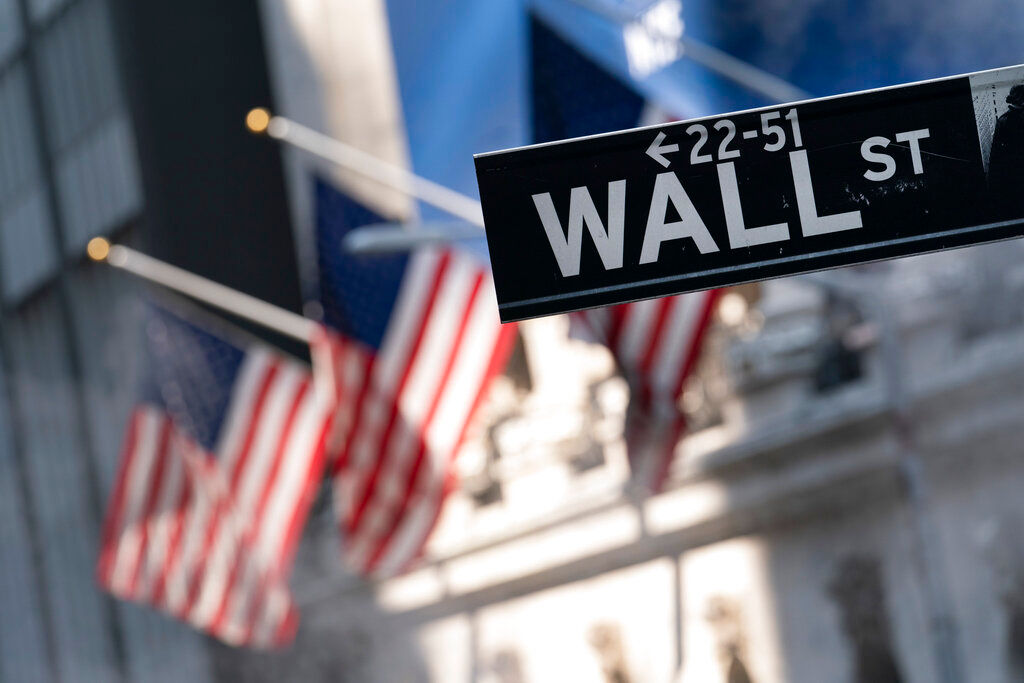Wall Street trembled on Friday, and stocks plunged after
getting battered by data showing inflation is getting worse, not better as
investors had been hoping.
The S&P 500 was 107.53 points or 2.68% lower at
3,910.29 in the morning trading, while moves in the bond market indicated
investors’ worries are building about a possible recession. The Dow Jones
Industrial Average was down 778.48 points or 2.4% at 31,494.31 as of 10:13 a.m.
Eastern time zone. The Nasdaq composite fell 363.97 points or 3.10% to
11,390.26.
Also Read | Who was Julee Cruise, David Lynch collaborator and singer dead at 65?
Wall Street came into Friday hoping a highly awaited
report on the consumer price index would show the worst inflation in generations
slowed last month. Instead, the US government said inflation surged to 8.6% in
May from 8.3% a month earlier.
The Federal Reserve has already started increasing
interest rates and taking other measures in order to slow the economy, in hopes
of forcing down inflation. Wall Street interpreted Friday’s report to mean the
Fed’s foot will remain firmly on the brakes for the economy, raising hopes that
it may take a pause later this year.
Also Read | Why Ukraine has to now completely depend on weapons from allies
The market is anticipating a half a percentage points
hike in Fed’s key short-term interest rate at each of its next three meetings,
beginning next week. That third one in September had been up for debate among
investors in recent weeks. The Fed has raised rates by that degree only once
since 2000, in May.
Too-aggressive rate hikes by the Fed could ultimately
force the economy into a recession. Higher interest rates make borrowing more
expensive, which negatively impacts spending and investments by households and
companies.
Also Read | China warns US it will ‘start a war’ if Taiwan declares independence
The two-year Treasury yield rose to 2.94% following the
inflation report, after touching its highest level since 2018. It’s up from
2.83% late Thursday.
The 10-year yield was zoomed, but more modestly than the
two-year yield, which is more influenced by expectations for Fed movements. The
10-year yield jumped to 3.10% from 3.04%.
Also Read | ‘Psychedelics and MDMA’: Musk’s solution to the US mental health crisis
The narrowing gap between those two yields indicates that
investors in the bond market are more worried about economic growth. If the
two-year yield rises above the 10-year yield, some investors see that as a red
flag warning of a recession hitting in a year or two.
Also Read | Why Norway is terminating 20-year-old NH90 military helicopters contract
“A higher-than-expected CPI number seals the deal on
investors’ fears,” Mike Loewengart, managing director at E-Trade from
Morgan Stanley, wrote in a research note. “And though consumers may be
experiencing high prices in their day-to-day, especially at the pump, it’s
disappointing to see that we don’t have a lid on inflation yet, despite the
Fed’s efforts.”
The S&P 500 is moving towards its ninth losing week
in the last 10.







